To address climate change, we need to reduce net anthropogenic greenhouse gas (GHG) emissions to zero as soon as possible; that is, hopefully by 2050 or so.


To address climate change, we need to reduce net anthropogenic greenhouse gas (GHG) emissions to zero as soon as possible; that is, hopefully by 2050 or so.

This month’s Advanced Engineering Materials covers and top papers.
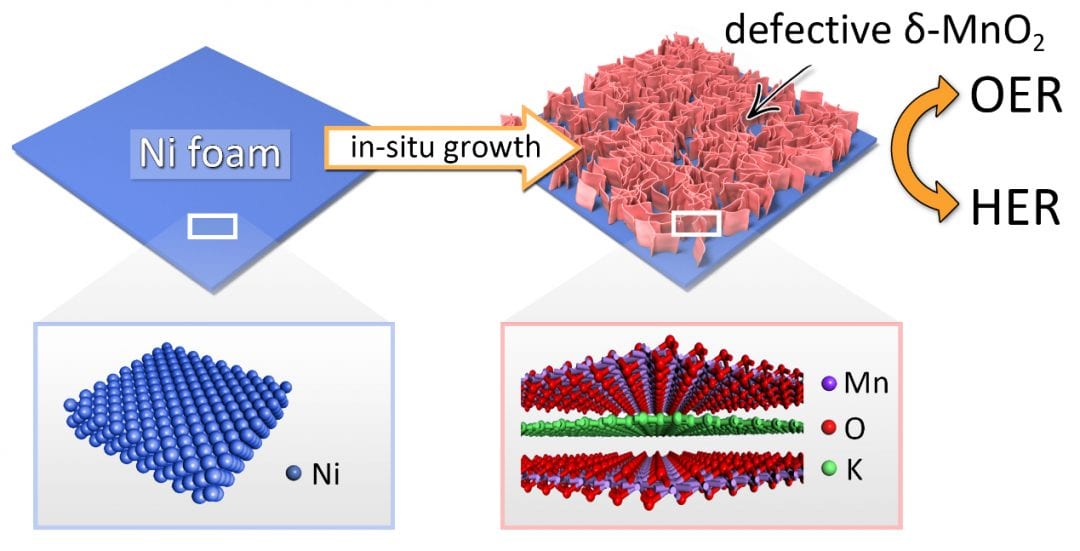
A novel synthetic strategy for introducing anion vacancies into semiconductors.

What is human well-being – and why does it matter for climate change mitigation?
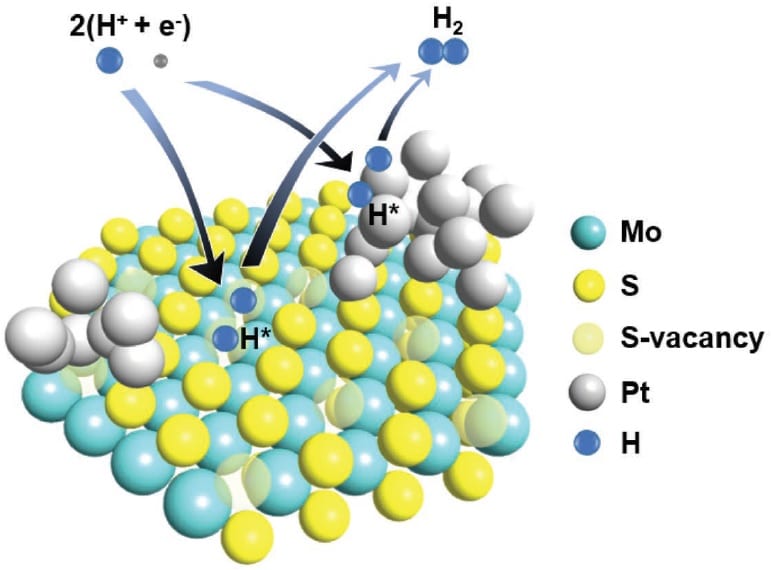
Hydrogen won’t be a viable fuel source without a replacement catalyst for platinum. This MoS2 hybrid looks set to provide some realistic competition.

The symposium “The Great Transition” brought together leading scientists to address the criticality of materials as key to sustainable technologies.

Researchers from Washington University in St. Louis describe a novel technique to fabricate perovskite solar cells, which have tremendous potential in the future designs of photovoltaic technology.
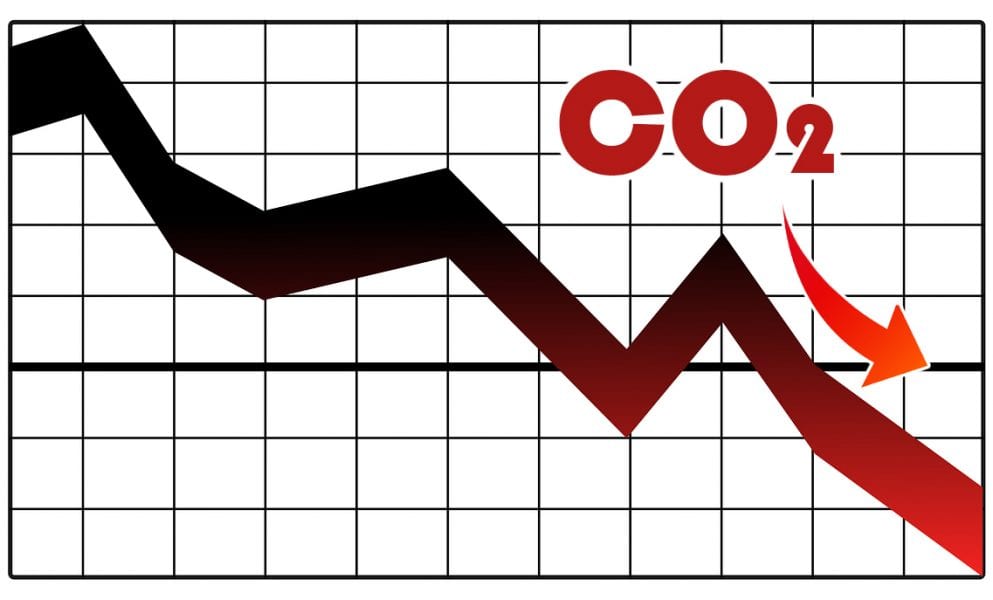
Our global community has been tasked to define and implement a Manhattan style strategy for reducing CO2 emissions at the gigatonne scale. The vision to accomplish this heroic goal is a holistic paradigm, which makes use of all the technologies in the CO2 utilization...
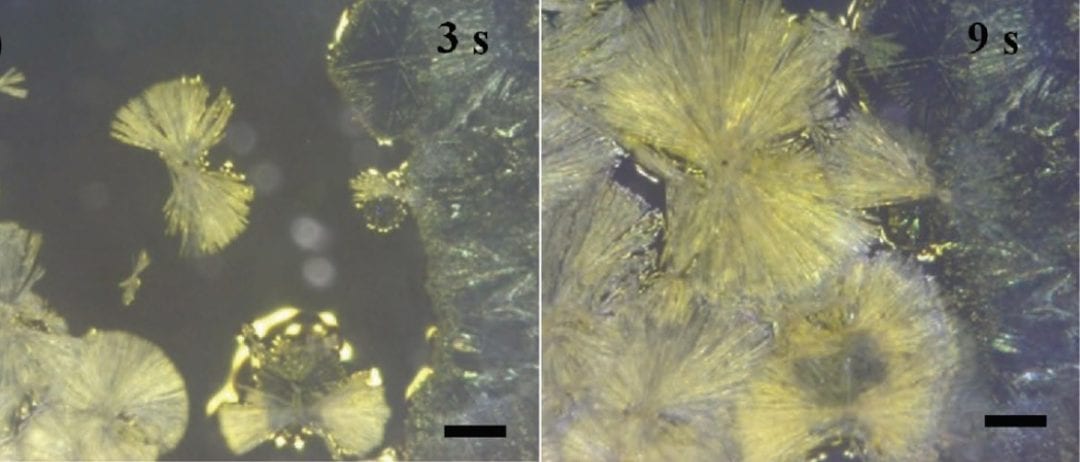
Perovskite-based photovoltaics are currently achieving PCEs of just over 22%. Here are some interesting highlights of recent perovskite research.
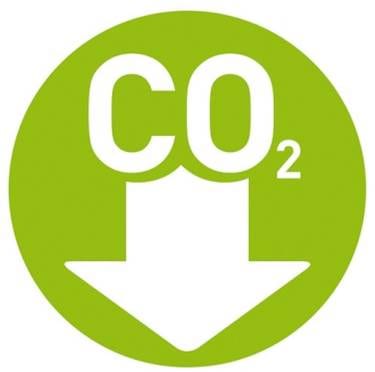
Prof. Elizabeth Biddinger talks about her recent article on copper-based catalysts for carbon dioxide electroreduction, which brings new insights towards the renewable conversion of carbon dioxide, a well-known greenhouse gas, into green fuels and chemicals.